
Hey! In this short blog post we’ll share our notes about older modulation techniques used in WiFi (up to OFDM and 256 QAM).
To learn more about OFDMA and 1024 QAM (both used in WiFi 6), see our other blog post about 802.11ax here: https://wifininjas.net/index.php/2019/07/03/wn-blog-003-wifi-6-deep-dive-real-world-testing/

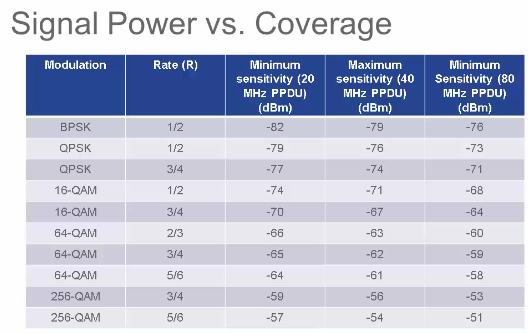
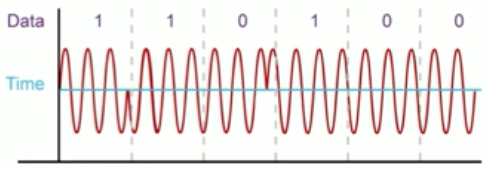
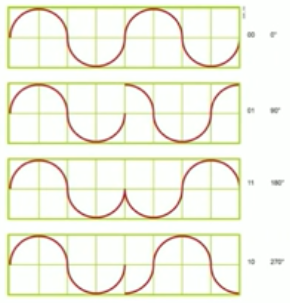


See some graphical representations of QAM below!
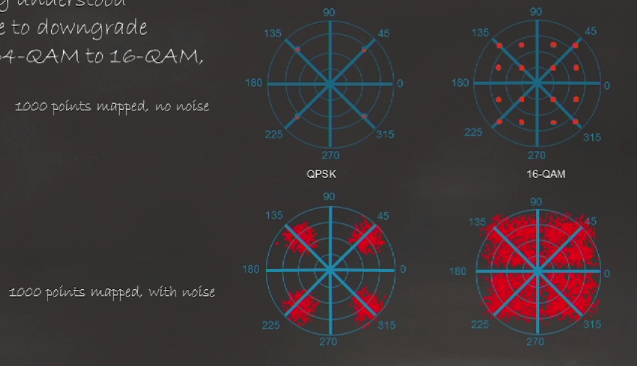
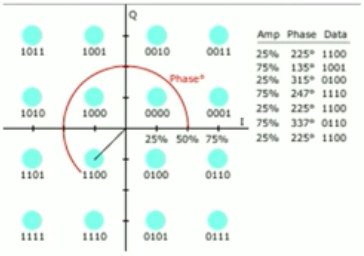
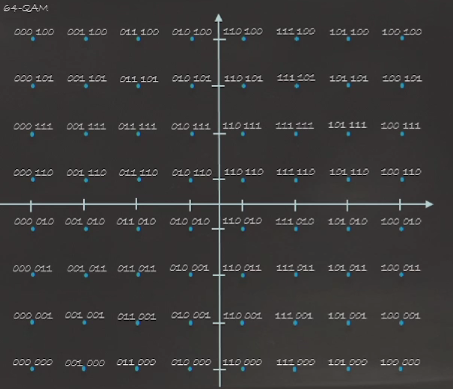

Now, try to imagine how much more complexity would using 1024-QAM modulation bring!